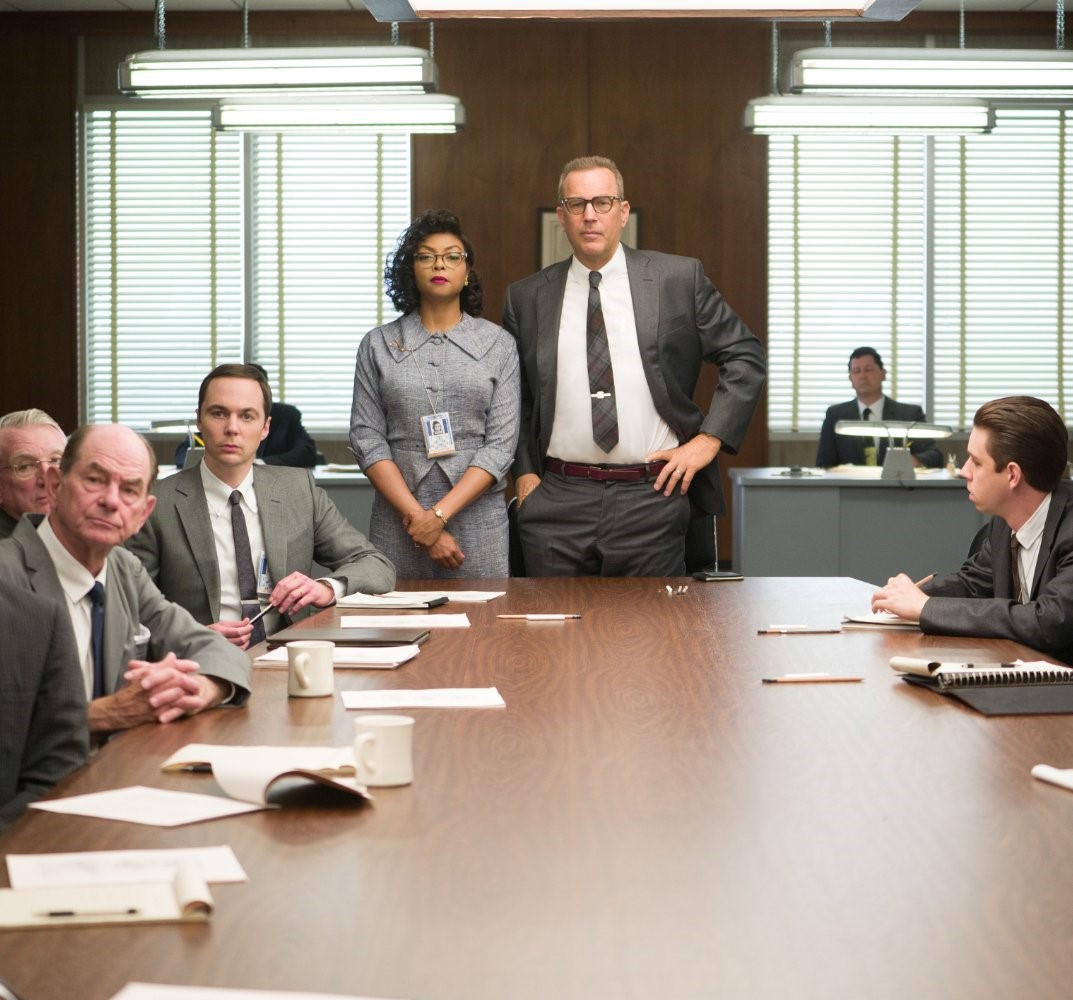
By Paxton Cohoon, Contributing Writer
The film Hidden Figures was released on December 25, 2016 and has grossed $2.9 million from only 25 different locations since then. The weekend of its release, the film made $1 million more than estimated and beat out Rogue One by .8 million. Over the Martin Luther King Jr. Day holiday weekend, the film sold 20.5 million tickets in North American theaters. However, its success did not stop there. This film has been nominated for 63 awards and has won 26, one of which being the Screen Actors Guild Award for Outstanding Performance by Cast in a Motion Picture.
What makes this historical comedy-drama so popular is the inside scoops on how three African American female mathematicians helped one man orbit earth in the 1960s. These women were Katherine G. Johnson (portrayed by Taraji P. Henson), Dorothy Vaughn (portrayed by Octavia Spencer) and Mary Jackson (portrayed by Janelle Monáe). After seeing the film, I believe the title Hidden Figures has a double meaning. Throughout the plot of the story, Johnson is trying to figure out the correct formula for Friendship 7 to orbit earth. She is trying to find the hidden figure for the formula, while her and her co-workers are the hidden figures behind the success of Friendship 7. Without them, the launch of Friendship 7 would not have been successful. Back then, however, they would not have been acknowledged for it because of the color of their skin and because they were women, making them hidden.
These women had to deal with racism and sexism, and the film does not shy away from that. This is a great aspect to the film because it provides moments that are authentic, emotional and can really show viewers how life was in 1960s, and even how it can relate to the social issues of today. One defining moment in the film was when Katherine Johnson breaks down in front of her superiors over the colored bathroom.

During this time, there was only one colored bathroom in NASA. Throughout the movie, Johnson has to race across the building to get to that bathroom. Johnson is very calm and polite character, but this is the first moment we see her speak up about the limitations she has to deal with. After being absent continuously throughout the work day, Johnson is questioned about her work ethic regarding the job she was graciously given. She then breaks down and explains her frustrations over her uniform and the coffee pot that none of her co-workers want to touch. Here is the clip, showing that scene.
After hearing this, her boss, Al Harrison (portrayed by Kevin Costner), knocks down the colored bathroom sign and declares, “There are no more colored restrooms and no more white restrooms, just plain old toilets. Go wherever you damn well please, preferably closer to your desk.”
Another great aspect of this film was how they showed the lives of these women at home. These moments dealt with civil rights, single motherhood, dating and marriage during the 1960s. These moments gave the film more heart and gave viewers a glimpse into the lives of these women.
Overall, this film was a success because of its authenticity and its emotional scenes. Even after the hype of the movie dies down, it will continue to be a source for students to learn about racism and sexism in the 1960s, and how these women contributed to Friendship 7 and to NASA as a whole.
Good review, Paxton. I was struck by how much segregation there was in every aspect of life. I know that was the case, but it was just striking to see it displayed on the screen.